350 miles of shoreline in Kent
Londoners can find sandy beaches and charming seaside towns just 30 minutes away in Kent. 350 miles of shoreline gives anyone living in the south-east a plethora of options when it comes to quintessential English coastline tourism. Whitstable has become a trendy destination in recent years with eco-friendly coffee shops, feverishly popular oyster bars and attractive pebble beaches.
The town of Ramsgate a little further east has several beaches in close proximity such as Main Sands, Joss Bay and Stone Bay. It also boasts one of the largest marinas on the south coast, making it an important strategical outpost. Many of the civilian boats used in 1940 during the Dunkirk evacuation came from Ramsgate, and 2.5 miles of tunnels were excavated to serve as air-raid shelters during the Battle of Britain. The tunnels have since become a popular tourist attraction that is due to re-open in December 2020.
The White Cliffs of Dover in Kent feature some of the most stunning coastal scenery in the entire country. Several walks line the top of the cliffs for some excellent views and fresh sea air all year long.


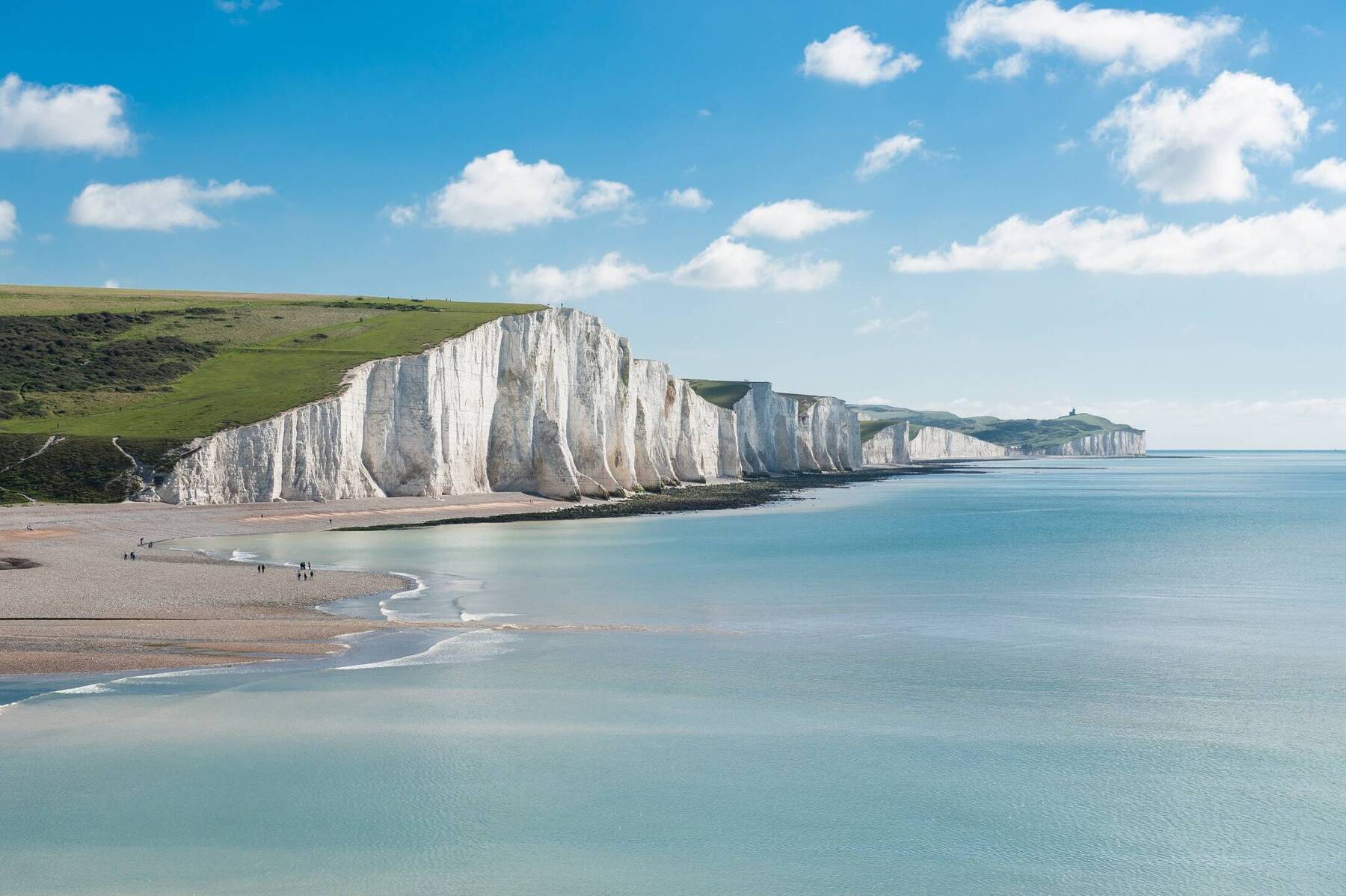

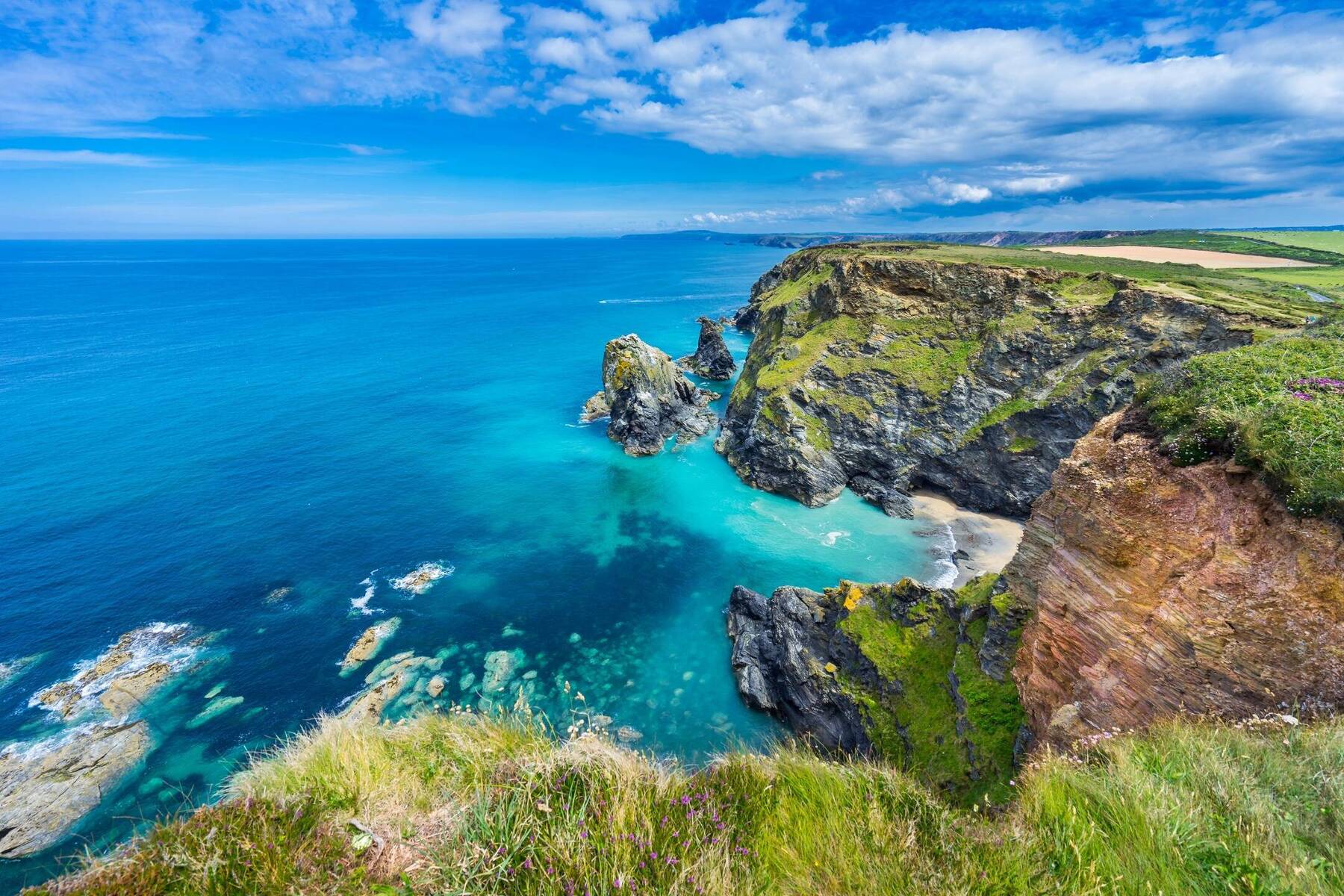

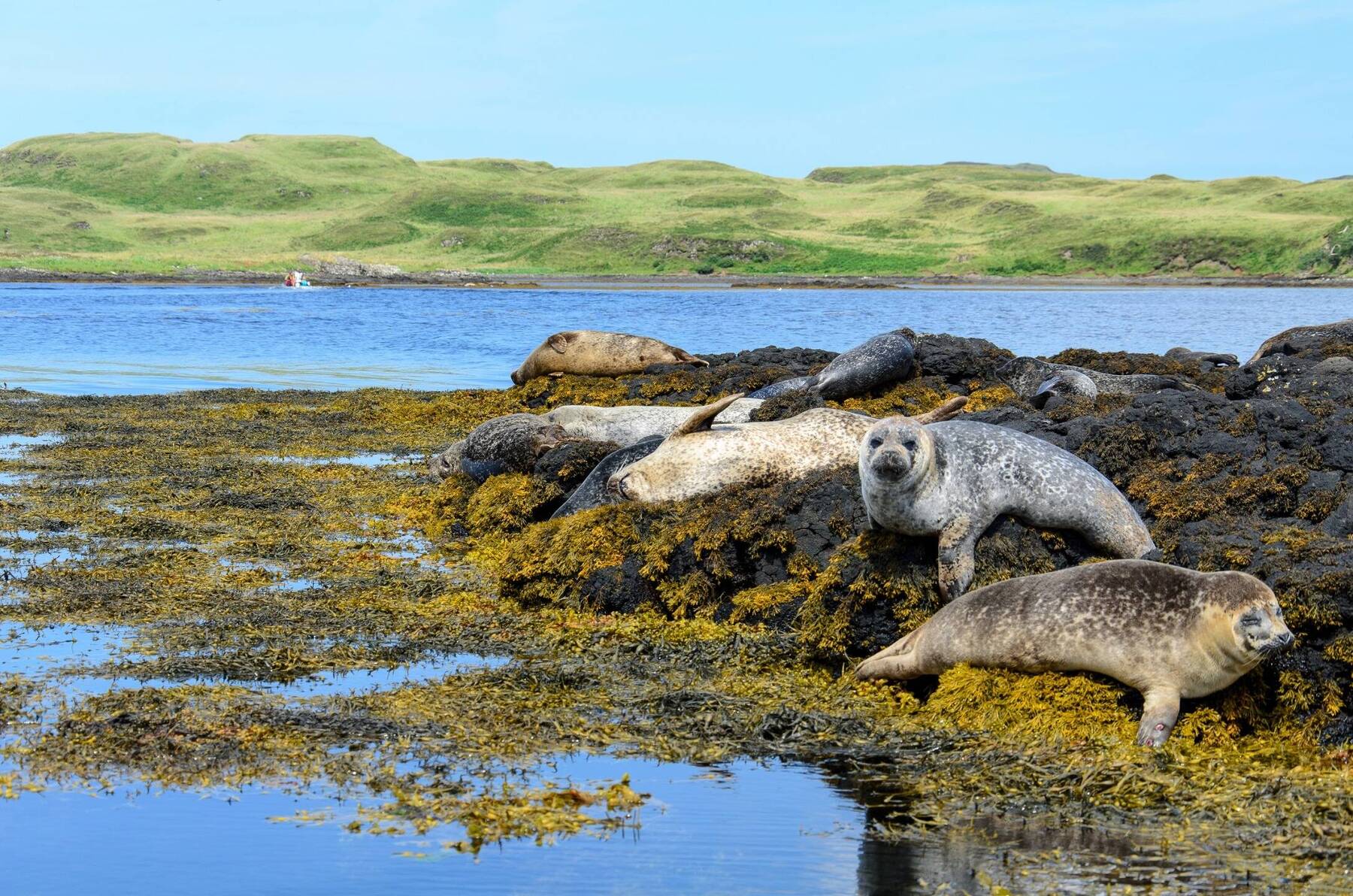
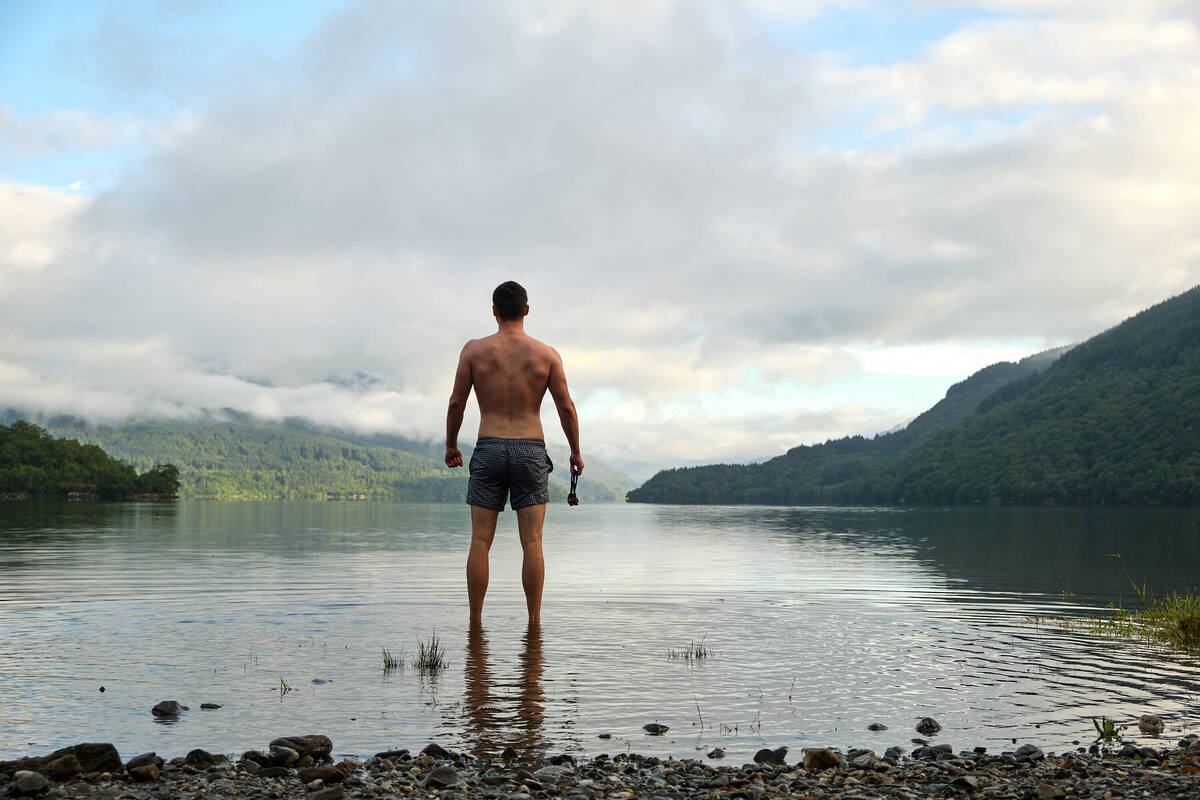

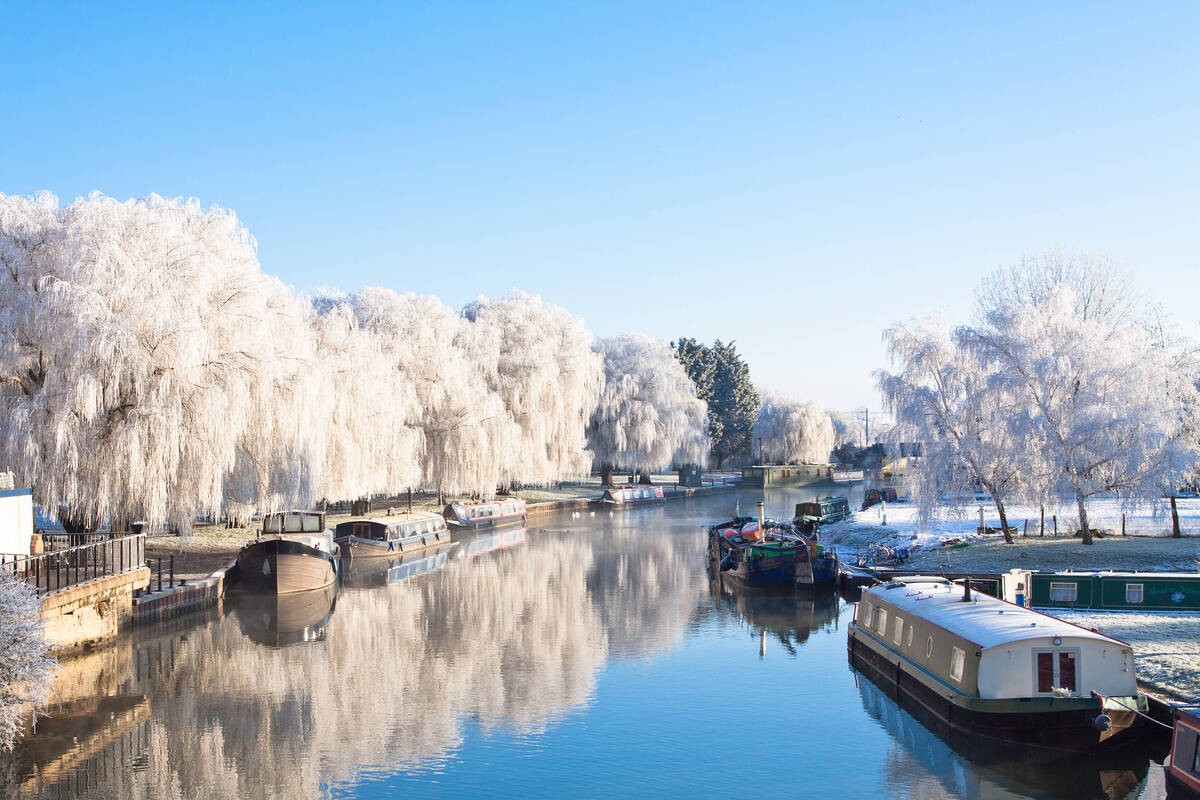













Comments